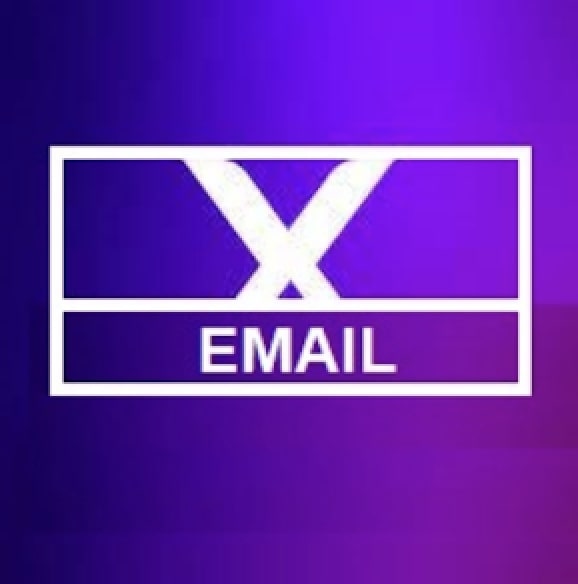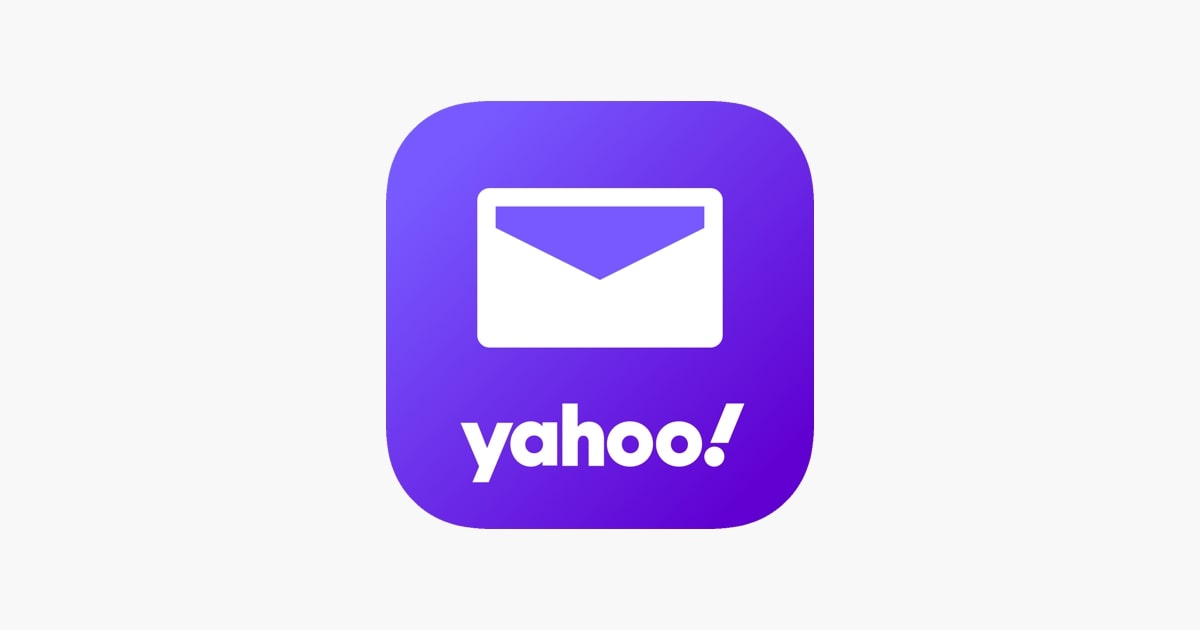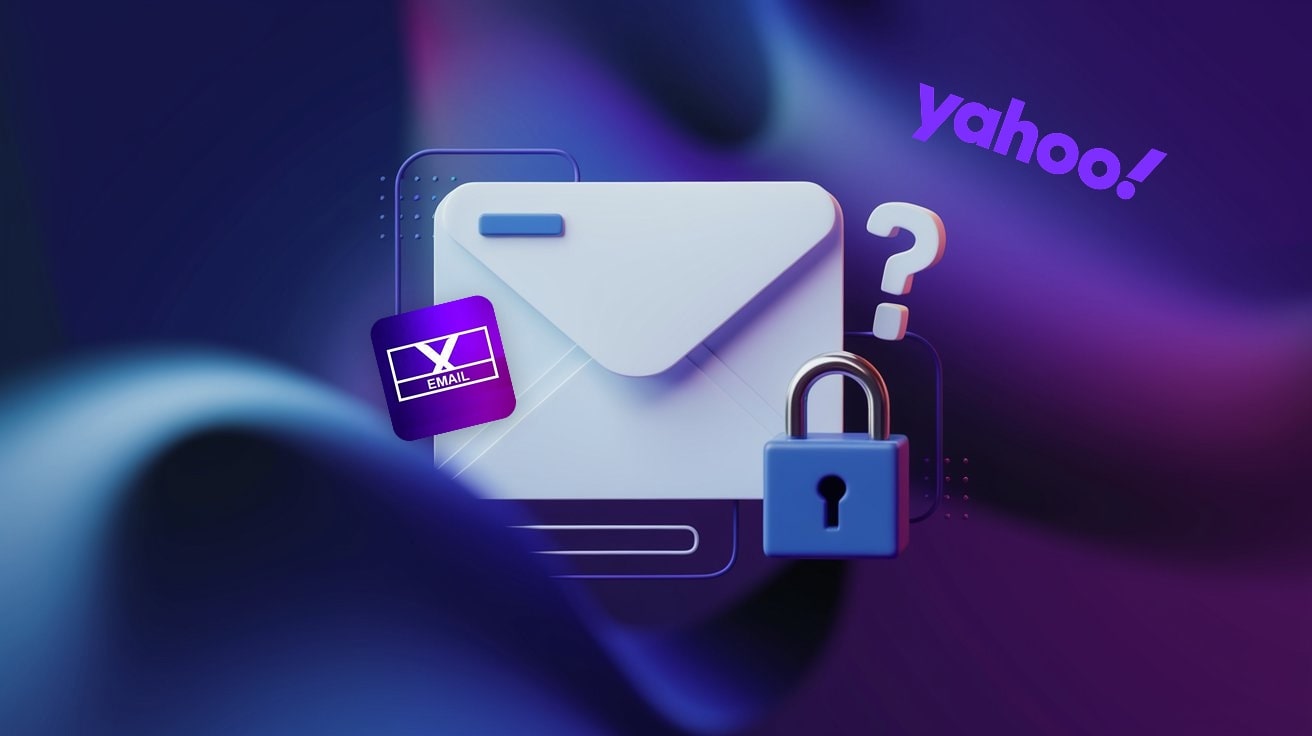Xfinity Email, a service bundled by Comcast, is switching to Yahoo Mail from June 2025 due to low usage. While users can keep their @comcast.net addresses, this move raises significant data privacy concerns, especially given Yahoo Mail's content scanning for advertising and its history of breaches.
This guide looks at Xfinity Mail's history, the impact of the Yahoo migration & how it affects users, the privacy risks of "free" email, and introduces Atomic Mail as a secure, privacy-focused alternative.
What Is Xfinity Email? Connection to Comcast

Xfinity Email is the free email service provided by Comcast Corporation, a big U.S. telecommunications company. It has been a core part of Xfinity's bundled services since the Xfinity brand launched in 2010.
For years, Xfinity Comcast email accounts were included in the package for millions of American households. You signed up for internet service, and you got a complimentary @comcast.net or @xfinity.com email address. No setup fees, no extra charges, just another checkmark on your bundle deal.
Over time, Xfinity Email became a default identity for many users. Especially older adults, longtime Comcast subscribers, and anyone who never really wanted to explore alternatives. But as we’ll see later, this loyalty hasn’t always been rewarded with innovation, privacy, or trust.
But actually, Comcast doesn't even host the Xfinity Comcast email infrastructure anymore. It's been outsourced – first to Zimbra, and now it's moving on to Yahoo. More on that in a bit later below.
Xfinity Email: Features, Advantages, and Disadvantages
For years, Xfinity Email seemed to offer a simple, no-frills experience. It's got all the basics, like an inbox and a send button, and pretty much everything you'd expect from a standard email client.
Core Features and Functionality
Typical Xfinity Email functionality included:
- Webmail access via the Xfinity website
- Basic security
- 10 GB of email storage
- Up to 7 accounts allowed
- Sending limits were set at 100 recipients per message, 1,000 recipients daily
- 25 MB attachment size
- Built-in spam filtering and basic folder organization
- Integration with Xfinity Connect and other Comcast apps
Sounds great, right? Until you compare it to what modern secure email services offer, like email encryption, zero-knowledge architecture, self-destructing messages, advanced privacy features, and so on.
Pros of Xfinity Comcast Email
- Convenience: If you’re already a Comcast customer, it’s handed to you on a silver platter.
- Familiarity: Longtime users are comfortable with the system and interface.
- Basic Access Options: Works with email clients, web browsers, and mobile apps.
- Customer Support: Access to a help section and customer support for issues.
Cons of Xfinity Comcast Email
- Inability to Create New Accounts: Since June 2024, Xfinity has restricted the creation of new Xfinity Email accounts. While current users can continue, no new Xfinity Comcast email addresses are permitted.
- Weak Privacy Protections: No encryption for messages at rest or in transit. Comcast (and now Yahoo) can technically access your emails.
- Outsourced Infrastructure: Your email data is not even on Comcast-owned servers anymore. It’s passed off to third parties.
- Limited Innovation: Xfinity Email hasn’t meaningfully evolved to match modern email security standards.
- Vendor Lock-In: Tied to your Comcast account. Cancel your internet service? You risk losing your inbox access.
- Advertisements: Displayed ads within the interface, which some found intrusive.
- General Customer Service Challenges: Customers were often frustrated with the company's customer service, billing, and support, and this had a negative effect on their overall perception of the company. This made them more likely to react negatively to changes like the email migration.
Xfinity Email Features and Limitations Overview
In short, Xfinity Comcast email may have served its purpose in the early 2000s. But in today’s privacy-first world, it’s showing its age and its cracks.
The Transition to Yahoo Mail: What’s Happening & Why

Comcast is moving all Xfinity Email users to Yahoo Mail. So, if you're using a @comcast.net or @xfinity.com address, your inbox is being moved over to Yahoo's systems.
Why? Officially, Comcast says the move is to "improve the overall customer email experience" by leveraging Yahoo's infrastructure, tools, and support.
In short, Comcast doesn't want to deal with email anymore. It's basically passing the buck to a platform that's already handling tons of mail.
Migration Process and Data Handling
Active Xfinity Email users will receive a 30-day notice before migrating to Yahoo Mail. Users can retain their @comcast.net address, messages, folders, and contacts, but must accept Yahoo's terms of service and privacy policy. Once accepted, email access will be exclusively through Yahoo Mail.
Migration limitations include:
- Attachments over 25MB will not migrate; users have 30 days to download them.
- Only up to 4,100 folders and 10,000 contacts will migrate; excess will be consolidated or lost.
- User-created folders matching Yahoo system names will be renamed.
Users have 120 days to accept Yahoo's terms and conditions. Failure to do so within 30 days will result in the loss of temporary access, and, ultimately, the loss of the @comcast.net address and the deletion of data, if the terms and conditions are not accepted.
Third-party email client settings will also need to be updated. This process shows the concept of 'vendor lock-in', meaning they have to accept new terms if they want to keep their accounts. The limitations also show the technical challenges of such a large-scale migration.
Timeline of the Migration
- Early 2024: Comcast begins notifying users about the upcoming changes.
- January 2025: Inactive Xfinity Email accounts (not accessed in over two years) began a shutdown process, following a 90-day notification period.
- June 2025: The phased transition of active @comcast.net email accounts to Yahoo Mail is scheduled to begin.
- Through 2026: The phased transition of active accounts is expected to continue.
The process is being rolled out in waves. Users are receiving prompts to accept new terms (Yahoo’s terms). And with acceptance comes full agreement to data handling under Yahoo's privacy policy.
How the Migration Works, And What’s Moving
- Your inbox, folders, contacts, and calendar entries are all being transferred.
- New logins will go through Yahoo’s authentication system.
- Existing Comcast login credentials may be phased out or merged.
- Future support, interface changes, and updates will be controlled by Yahoo, not Comcast.
Put simply, Comcast isn't your email provider anymore. And Yahoo, which had one of the biggest data breaches ever, is now keeping your messages.
User Reactions: Confused, Concerned, or Just Leaving?
If you browse Reddit, forums like DSLReports, or even Xfinity’s own support community, one thing becomes clear: people are not happy.
Some users are confused and asking basic questions like "Will my email address change?" or "Will I lose old messages?" Others are angry because they didn't sign up for Yahoo Mail.
There’s a noticeable wave of concerned users quietly preparing exit strategies. Many are exporting their data, setting up new secure email accounts, and forwarding mail before the switchover locks in.
Just see some comments from a Reddit thread:
“I hate Yahoo Mail.”
“Never use isp email.. second don't use yahoo.”
“Wow. Most of my spam is in my yahoo email!”
The biggest pain points?
- Loss of control
- Lack of transparency
- Fear of increased spam, tracking, and ad profiling
- Distrust of Yahoo's privacy record
And for many, this migration is the final straw after years of mediocre service.
Risks Behind the Yahoo Transition
There are serious risks with this migration, especially when it comes to privacy.
Yahoo’s Privacy Track Record Isn’t Great
In 2013 and 2014, Yahoo suffered data breaches that affected over 3 billion accounts. Usernames, hashed passwords, phone numbers, security questions – it all leaked. For years, Yahoo downplayed the scope.
So, when your Xfinity Email data is migrated, it's not just being moved from one server to another. It's moving to a company with a poor track record when it comes to safeguarding user information.
Beyond the breaches, consider Yahoo's business model. Like many 'free' email services, it generates most of its revenue from advertising. How do you make advertising more effective? By understanding your users. This means:
- Email scanning for advertising
- AI-based content analysis
- Tracking across Yahoo’s ecosystem
- Data sharing with third-party partners
Technical and User Engagement Pitfalls
And let's not forget the potential technical and user engagement problems looming for current Xfinity Email users.
The transition from Xfinity Email to Yahoo Mail introduces several risks for both users and email service providers:
- Deliverability and Engagement Impact: Email senders and email service providers (ESPs) anticipate significant changes to the delivery and receipt of emails. This includes potential spikes in bounce rates for @comcast.net addresses, particularly during switchover periods when users may not yet have migrated or updated their mail client settings.
- Spam Filtering Changes: Users may notice a drop in open rates due to Yahoo's more stringent spam filtering algorithms, which differ from Comcast's previous approach.
- Engagement Delays: After the migration, some users may experience temporary lockouts or difficulties reconfiguring access to their inboxes via third-party applications such as Outlook or Apple Mail, which could lead to delays in engagement.
- Data Loss from Technical Limitations: There are specific technical limitations during the migration process. Email messages with attachments larger than 25 MB will not be migrated and users will have 30 days to download them before they are potentially deleted. Additionally, Yahoo will only migrate up to 4,100 folders and 10,000 contacts per mailbox. Anything exceeding these limits will be trimmed or consolidated, which could result in data loss.
These technical hurdles, combined with the underlying privacy risks, make it clear that the transition from Xfinity Email to Yahoo Mail is not just a minor inconvenience but a big challenge.
Choose Atomic Mail: Secure and Private Alternative
Now Xfinity Email users are on an ISP that's offloading its email service to a big tech provider with questionable privacy. What can you do?
Atomic Mail is built for people who actually care about their privacy and security. Not just in theory, but in practice. We’re a secure, encrypted email provider that doesn’t track you, doesn’t mine your inbox, and doesn’t sell your data. Ever.
What Makes Atomic Mail Different?
- End-to-End Encryption: With E2EE, your emails are encrypted on your device before they even leave your control. Only the intended recipient, and only on their device, can decrypt and read them. You can send end-to-end encrypted emails to every email provider.
- Zero-Access Architecture: We physically and technically can’t access your emails. Your inbox belongs to you and only you.
- Anonymous Sign-Up: No phone number, additional email, or any personal info required.
- Seed Phrase Recovery: Like a crypto wallet, you get a unique seed phrase for account recovery. No phone number or recovery email needed, no backdoor.
- Alias Support: Create additional email addresses for newsletters, online signups, or one-time communication. No more spam nightmares.
- No Ads, No Tracking: What happens in your inbox stays in your inbox.
Comparative Privacy Practices: Yahoo Mail vs. Atomic Mail
Moving to Atomic Mail isn't about jumping from one corporate giant to another. It's about taking back control and ensuring that your personal and professional communications remain personal and private.
If you’ve been searching for a Yahoo Mail alternative that puts your privacy first, Atomic Mail offers a smarter, safer path forward.
Sign Up for free today!



